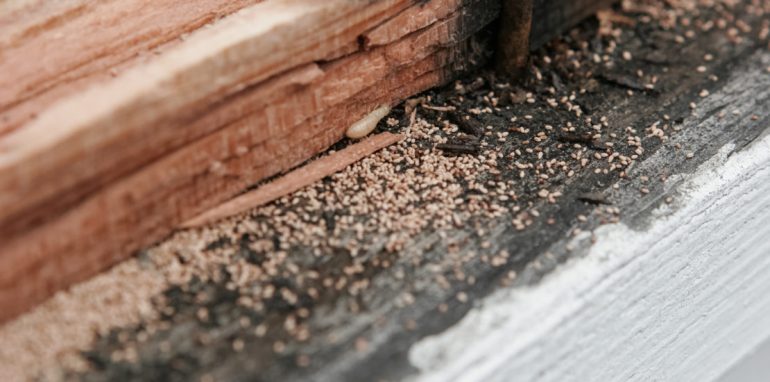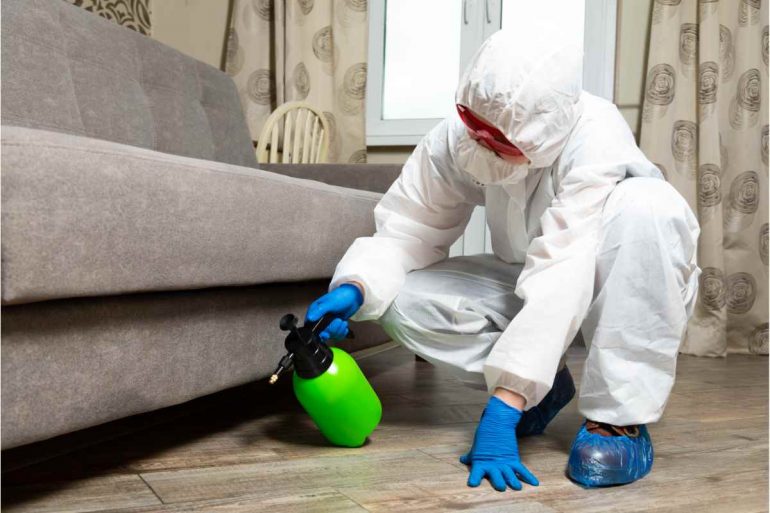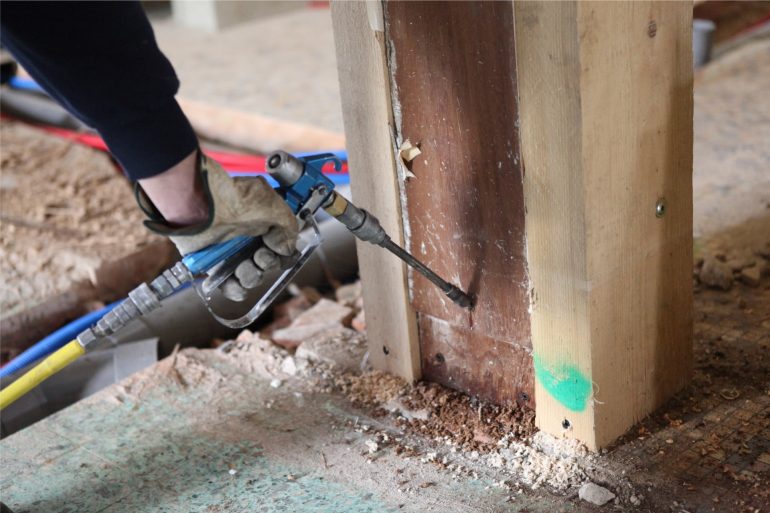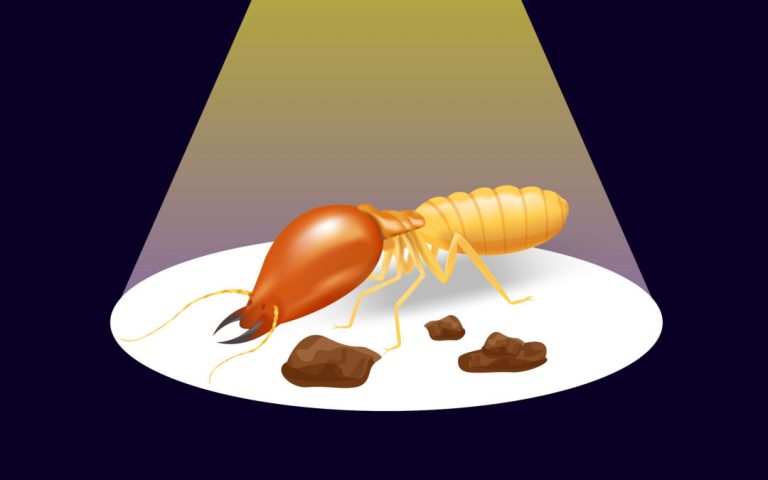Termites are silent destroyers that can cause significant damage to homes and structures.
They feed on cellulose, the main component of wood, and can compromise the integrity of a building if not addressed promptly.
Effective termite control is crucial to prevent costly repairs and ensure the safety and stability of your home.
Types of termites and their behavior
There are several types of termites, including:
- Subterranean
- Drywood
- Dampwood
Subterranean termites are the most common and destructive, building colonies in the soil and creating mud tubes to access wood.
Drywood termites infest dry wood and do not require contact with soil, while dampwood termites prefer moist wood and are less common in homes.
Signs of termite infestations

Common signs of termite infestations include:
- Mud tubes on walls or foundations
- Hollow-sounding wood
- Discarded wings near windows or doors
- Frass (termite droppings) resembling sawdust
- Blisters in wood flooring
DIY Termite Treatments
Early Detection and Small-Scale Infestations
Early detection is key to successful DIY termite control. Identifying and treating a small-scale infestation can prevent it from spreading and causing more damage.
DIY methods are most effective for early detection and minor infestations. These methods are generally more affordable and accessible for homeowners.
Common DIY Methods

- Termiticide sprays and powders:
- Termiticide sprays and powders can be applied to affected areas to kill termites on contact and provide a protective barrier.
- Bait stations and termite stakes:
- Bait stations and termite stakes attract termites with poisoned bait, which they carry back to the colony, effectively killing the entire colony over time.
- Boric acid and diatomaceous earth:
- Boric acid and diatomaceous earth are natural alternatives for termite control.
- They can be applied directly to infested areas to kill termites.
Costs and Accessibility
DIY termite control methods typically have lower initial costs compared to professional treatments. Homeowners can purchase necessary products from hardware stores or online.
DIY termite control products are readily available and easy to use, making them a convenient option for homeowners.
Effectiveness and Limitations
DIY methods can be effective for minor infestations if applied correctly and consistently.
DIY treatments may not be sufficient for larger infestations, and there is a higher potential for reinfestation if not monitored regularly.
Safety Concerns
Proper handling and application of chemicals are essential to ensure the safety of residents and pets.
Misuse of termite control products can pose health risks and may not effectively eliminate the infestation.
Professional Treatments

Professional termite control is recommended for large-scale infestations where DIY methods may be insufficient.
- Structural threats to property:
- When termites pose a structural threat to your home, professional treatment is necessary to ensure thorough and effective termite control.
- Presence of multiple termite colonies or species:
- Multiple termite colonies or different termite species require specialized knowledge and treatment methods that professionals can provide.
Previous DIY treatment failures
If DIY treatments have failed to control the infestation, it’s time to call in the professionals.
Common Professional Methods
Professionals use high-grade termiticides to create a barrier around the property and eliminate termites.
Bait stations like Sentricon are strategically placed around the property to attract and poison termites, effectively eliminating the colony.
Heat treatments involve raising the temperature in the infested area to a level that is lethal to termites, providing an eco-friendly termite control option.
Trench and treat involves digging a trench around the foundation and applying termiticides to create a protective barrier.

